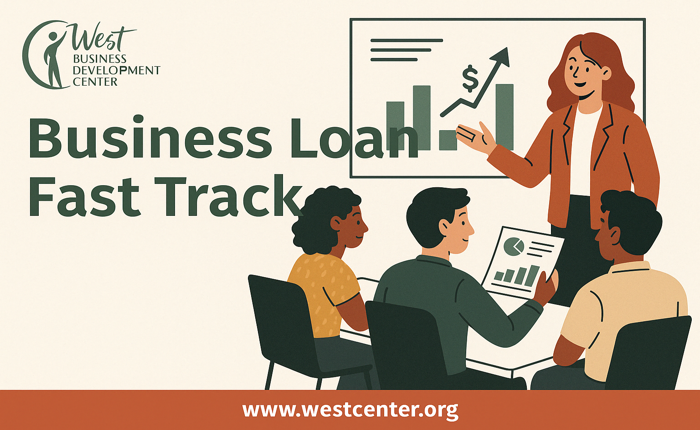Business Loan Fast Track

About Course
By the end of this course, participants will be equipped with the knowledge and tools needed to confidently approach lenders, improve their creditworthiness, and secure the funding necessary to grow their businesses. Whether you’re just starting out or looking to expand, this course will empower you to make informed financial decisions.
Course Content
Business Loan Fast Track: Overview
-
Business Loan Fast Track: Overview
Lender Types
Loan Types
Lender Evaluation Lens
Capital Types
Loan Readiness
Key Takeaways and Action Items
Wrapping Up: Thank You
Student Ratings & Reviews

No Review Yet

